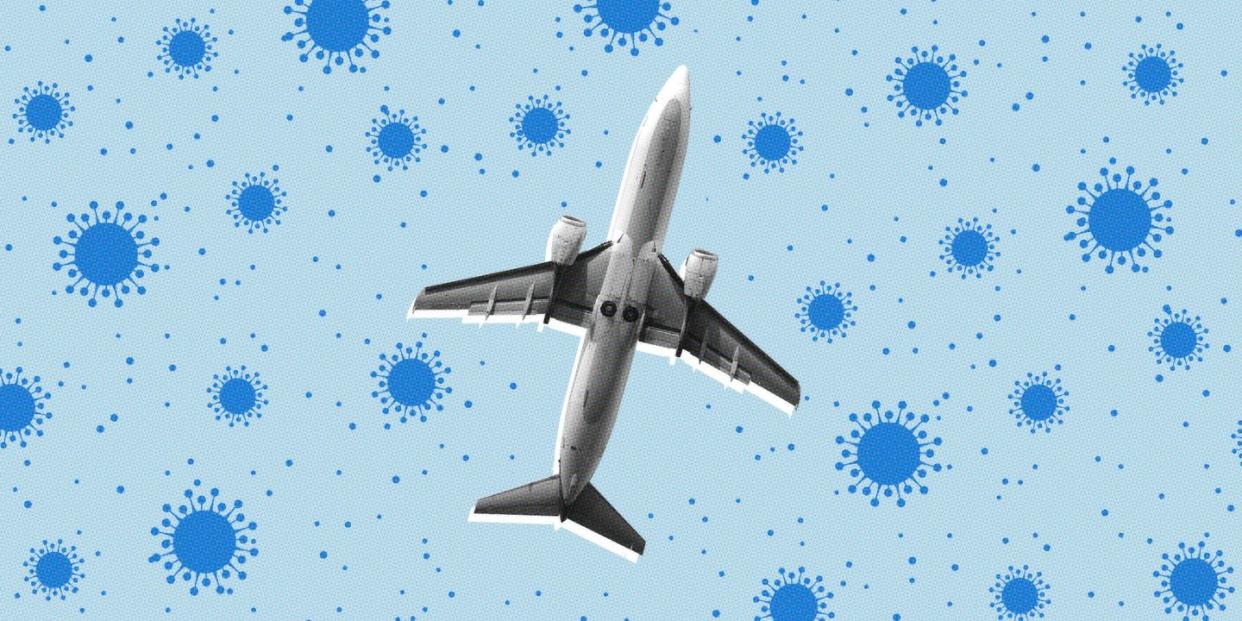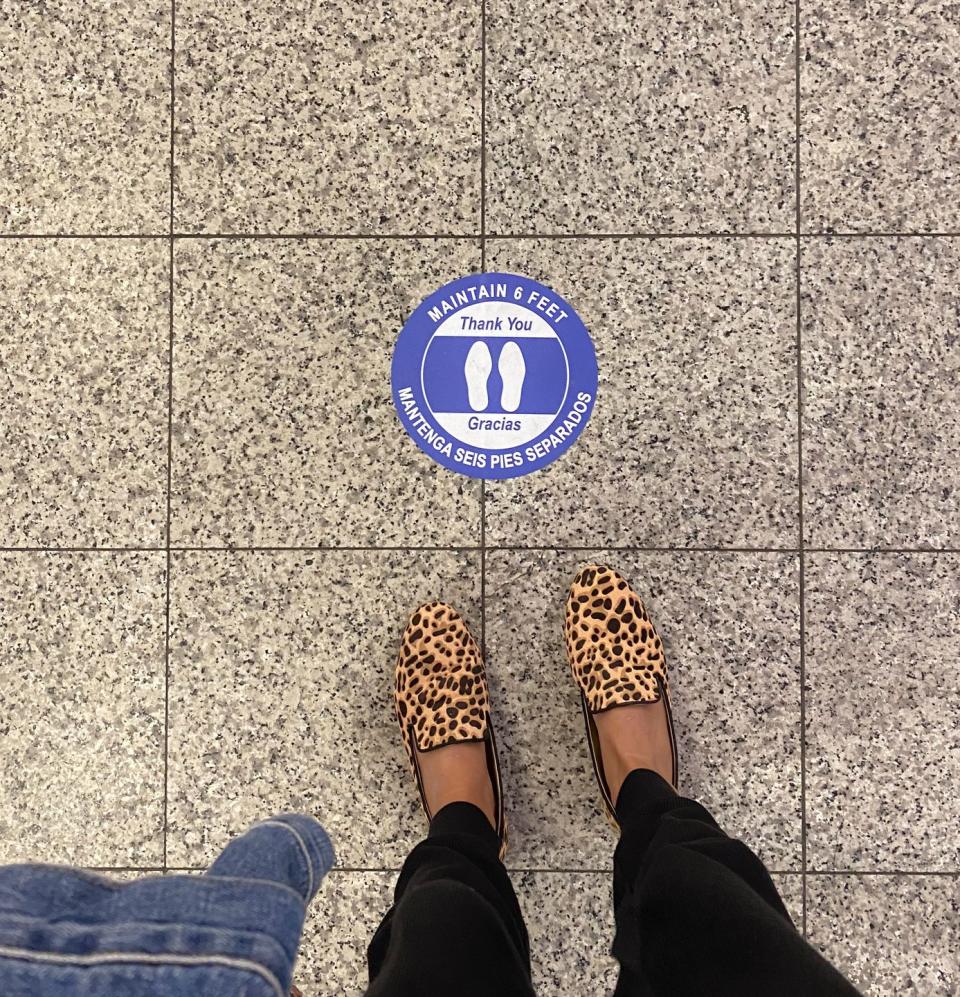What It's Really Like to Fly Right Now

On Friday, March 13, I boarded a one-way flight to Miami to ride out the coronavirus pandemic. Nearly two months later, on May 14, I once again boarded a plane to go back home. The problem: as we all know, the pandemic is very much still ongoing.
We haven't even eased into the new normal, so it's difficult to say how the travel industry might function moving forward. But I can tell you what it's like to board a plane during a pandemic—and that could give some insight into what the future of flying will look like.
Some background: when I originally decided to go back to New York, I found it difficult to find a direct flight. At the end of April, they were only scheduled every couple of days. And even after my ticket was booked, I got a notification that the flight time had been pushed back three hours. The airline even called to confirm that I was going to be flying two days before my departure, something I had never experienced before.
Day of, approaching MIA International Airport was downright eerie. An empty highway leading to the terminal doesn't do much to soothe your worries. We pulled up to the American Airlines terminal; I said goodbye to my partner; and if I'm honest, I was jarred by how empty it was.
I cruised on up to the desk to check my bag, and found myself nervously looking around to make eye contact with all of the people working there—for reassurance, something. TSA and airline staff were masked and gloved of course, as was I, but it still felt a little like an obstacle course. Get to the other side without being exposed. After checking in my bag, the next hurdle was security, the source of much stewing on my end in the days prior to my flight.
Far fewer people are traveling these days, making it easier to stay spaced out in line going through the checkpoint. Looking around, everyone wore their mask while waiting, only taking it down to show the TSA worker their face when their boarding passes and IDs were checked. This part felt relatively manageable.
But the actual security area wasn't handled in the way I would have anticipated. First, there was seemingly no disinfection process for the bins you place your belongings in to go through the X-Ray. With that in mind, if you don't have your own disinfecting wipes, you're out of luck—they're not provided by the airport once you go through security. Basically, it's a bring a carry-on-at-your-own-risk kind of situation. So definitely don't fly without wipes to clean your belongings.
Once I cleared security, I was once again confronted with the bizarre reality of an empty airport. It felt a little like being shut in a mall while it was closed at night—or, at least what I imagined that would be like. I walked for what felt like 10 minutes without seeing another person—just a few small stands to buy water and coffee were open. But other than that, nobody.
Much to my surprise, though, the gate itself was crowded. In hindsight, it's logical there would be so many people trying to fly out at the same time, given that there are so few options to actually do so. But I wasn't expecting it.
And this is where things got tricky. Lots of people on the flight, and thus lots of people at the gate meant not a whole lot of opportunity to keep appropriately distanced from others. For the most part, people remained masked, and only took the coverings off to eat and drink. I was glad to see it, since my airline had mandated masks for boarding.

But boarding was where things started to get sticky again. There is seemingly no way to enforce spacing while people wait on line; that's up to everyone on their honor. So you can imagine how that went.
Staff issued reminders, but other than that, there wasn't much else that could have been done. And realistically, any attempt to distance while actually boarding the plane was futile. We were boarded by zones, which resulted in the typical crowding you would experience when you normally board a plane. Upon entry, masked flight attendants handed out baggies of chips and a water bottle. You couldn't help but wonder if in the future the effort might be better spent handing out sanitizing wipes.
The flight was nearly full, and as such, most of the seats were too. I got lucky that the middle seat was empty in my row, but I looked behind me, and many rows did not have that spacing—there's no way to know if that was by choice or just because the flight was booked solid.
Another observation: it was mandatory to wear masks on the flight and nearly everyone complied. There was only one couple who wasn't wearing their mask when they boarded, and they had to be repeatedly reminded to put their masks on. Even when they did ... they didn't cover their noses. Unfortunately, flight attendants don't have much recourse here either. Mask wearing seems largely to be up to the individual's discretion.

And then there was deplaning and baggage claim. I was happy to see that there were spacing stickers at the conveyor belt, but that seemed to be an exercise in futility once luggage started rolling out. With people weaving in and out of one of each other's way to grab their belongings, the concept of personal space is rendered obsolete.
Flying in the middle of a pandemic left me with more questions than answers for what it might be like in six months or a year when boarding a plane, or hopping on a train. Much like the rest of the ramifications of this pandemic, all there is to do is wait and see.
You Might Also Like


